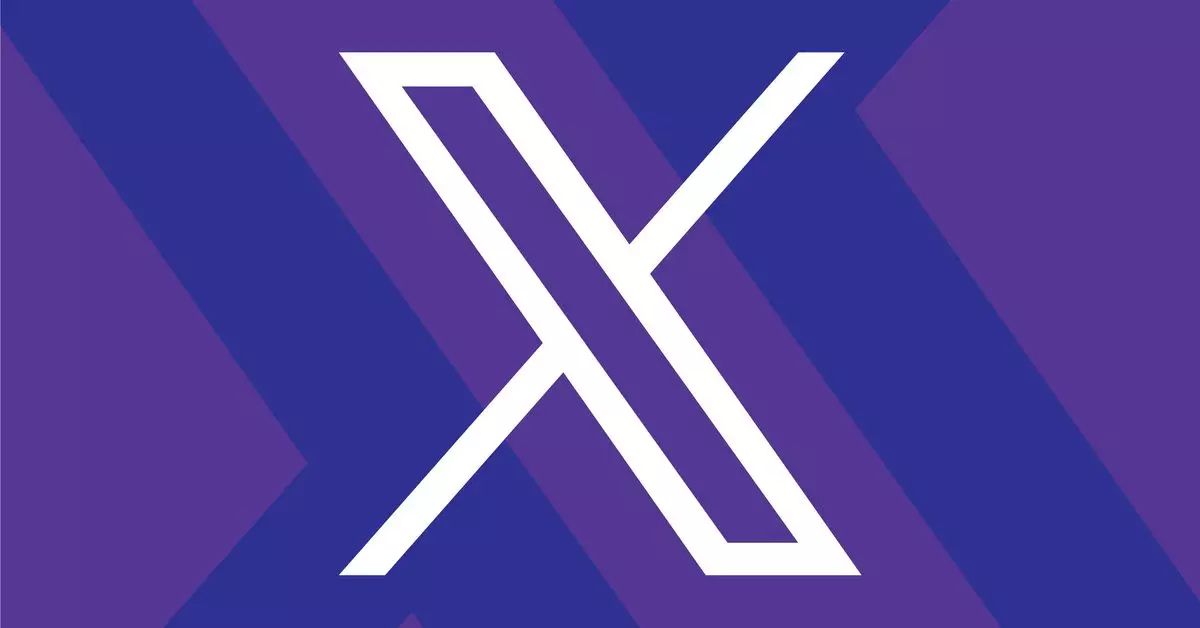Twitter, a platform that both giveth and taketh away, has recently decided to eliminate the option for Premium users to conceal their blue checkmarks. This notification, received by multiple users last Thursday, marks a significant shift in the platform’s verification process. Last summer, Twitter made displaying the blue check optional, but now, the future of this feature is uncertain. It raises the question: why is Twitter choosing to remove the ability to hide blue checkmarks?
The blue checkmark, once considered a status symbol, lost some of its allure when Twitter transitioned to a paid verification system under the ownership of Elon Musk. Rather than representing authenticity or influence, the blue check became synonymous with a Premium subscription. This shift in perception led to the abuse of the feature by scammers and online impersonators, resulting in some verified accounts being targeted for harassment or mass blocking.
Recently, Twitter extended the blue check to accounts with over a million followers, encompassing a significant portion of celebrities, public figures, and even deceased individuals. Last week, the platform granted free blue checks to accounts with a high number of verified followers, catching many users off guard. Despite Elon Musk’s prior announcement, the sudden allocation of blue checks created a sense of surprise among recipients. As a result, some new Premium and Premium Plus users opted to hide their blue checks to distance themselves from the stigma associated with it.
Twitter’s decision to eliminate the option to hide blue checkmarks marks the end of an era for the platform’s verification process. The evolution of the blue check from a symbol of status to a paid subscription indicator has led to its diminishing significance. While the intention behind this shift remains unclear, it reflects Twitter’s ongoing efforts to redefine the meaning and purpose of verification on the platform. As users navigate these changes, the fate of the blue check remains uncertain in the ever-evolving landscape of social media.


Leave a Reply